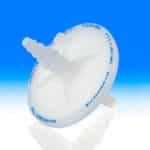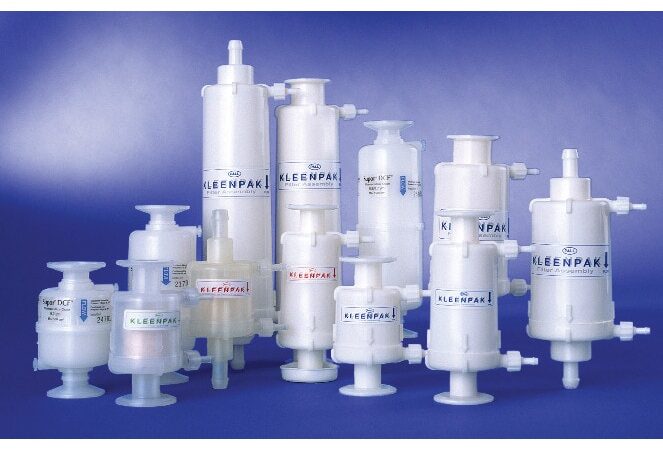Filter Validation: Key Elements for Sterile Drug Product Manufacturing
The process of bringing a new pharmaceutical product to market is long, complex, and often expensive, with important decisions to make at every step of the way. This becomes more challenging when you are developing a sterile product.
The method for sterilization is a critical consideration and may be done by sterile filtration followed by aseptic filling. The decision to incorporate sterile filtration hinges in part on performing validation to ensure that the filter used to eliminate any microorganisms is the right one, performing as it should, without damaging the product in the process.
Ideally, filter validation would be carried out in the very early stages of production — in conjunction with other validation activities like media fills — to guarantee sterility of the final product. In reality, deciding when to carry out filter validation requires balancing a range of practical considerations. The decision can be made easier by carefully considering which phase of the production process will be most appropriate to carry out validation based on the level of risk it poses to the overall production process.
What is Filter Validation?
Filter validation is the process of confirming that the filter used to sterilize a pharmaceutical product does so adequately, by efficiently removing microorganisms. It is a critical step in the development and manufacturing of pharmaceuticals that use final filtration as the method for sterilization.

Mini Kleenpak 20 Filter Capsule. Image courtesy of Pall Corporation.
Agencies such as the FDA [1] and Eudralex EU GMP [2] provide guidance documents and set regulations that dictate the requirements for filter validation. Other industry organizations such as the Parenteral Drug Association (PDA) have developed technical bulletins [3] which also provide information on the topic. You should partner with an organization well-versed in carrying out filter validation testing to ensure that you follow the appropriate regulations.
As one of the fundamental activities documenting that the production process complies with necessary regulations, it is critical to show the filtration process will consistently result in product that meets all the necessary quality standards and characteristics. In order to accomplish this, the filtration process needs to be tested to show that it removes microorganisms effectively, does not impact the quality of the product, and does not impact the integrity of the filter during processing. Filter validation provides documented evidence of the functionality of the filter under the same conditions in which it will be used during the pharmaceutical manufacturing process.
There are eight elements to filter validation:
- Integrity Testing: Non-destructive tests prove that the filter is performing bacterial retention adequately.
- Fit for use: Determines if the filter meets the product and process requirements.
- Sterilization: Uses standard operating procedures, lab controls, accuracy, and reproducibility tests to determine that the process of sterilizing the product will not compromise the filter.
- Stability: Verifies that the filter does not interfere with or otherwise damage the process stream.
- Binding: Tests that the filter removes only the impurities from the process stream and allows the desired stream components to pass through.
- Compatibility: Establishes that the filter can meet the physical needs of the production process. For example, the filter should fit properly, should not dissolve or break, and should be certified.
- Extractables/Leachables: Identifies, quantifies, and assesses the impact of compounds after they have been filtered and remain in the process stream. The product should not be adversely impacted after it is filtered.
- Retention: Proves that the filter works as it should, removing bacteria from the product.
Successful filter validation requires a partner with experience in properly evaluating and documenting each element of filter validation. Failing at any of the steps listed above can lead to costly delays in getting your product to market. Whether you are in early-stage development or looking for a partner to take your sterile product into GMP manufacturing, contact us to discuss your options and benefit from our experienced team.
The next post in this series focuses on taking filter validation studies into clinical and commercial manufacturing environments. Click here to read “Phase Appropriate Filter Validation for Sterile Drug Product Manufacturing.”
References
[1] FDA (2004) Guidance for Industry, Sterile Drug Products Produced By Aseptic Processing – Current Good Manufacturing Practice.
[2] EU Guidelines to Good Manufacturing Practice. Medicinal Products for Human and Veterinary Use, Annex 13. Investigational Medicinal Products, February 2010.
[3] The Parenteral Drug Association (1998) Technical Report no. 26, Sterilizing filtration of liquids.
Authors:

